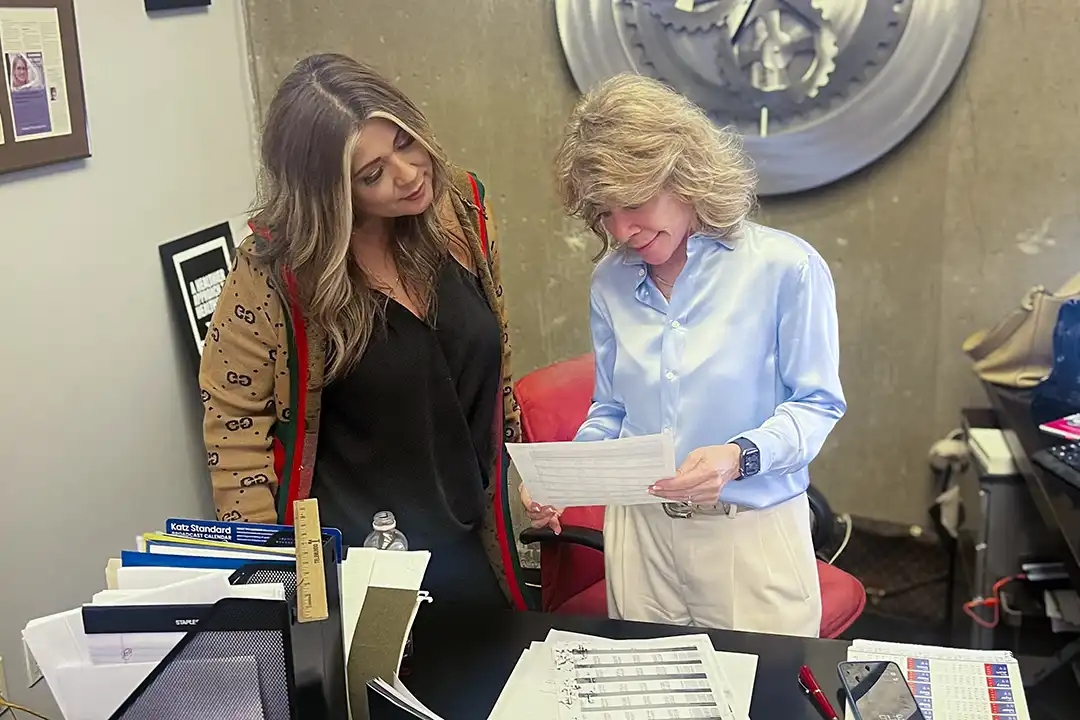Remember the old adage: If a tree falls in the forest, does it make a sound?
Or the media version: If your message isn’t heard by potential customers, does it create a response?
Media has become the Rodney Dangerfield of the marketing world. It gets no respect. There is a callous disregard for media in our agencies, marketing arenas and in businesses. If your message isn’t heard by the right people, it fails…no matter how creative, insightful or thought provoking the message. For way too long, business people have been buying their own media because a media representative sold it to them. If your information comes from someone trying to sell it, do your homework and make sure that you are reaching your consumer or client. At Knoodle, we recently learned this firsthand.
Start with research
Who is your client or consumer? I like to use Scarborough for a baseline study. This is a subscription service available to marketing agencies. It allows you to target types of people and create your own research sample with variables you put in. For instance: we recently did a study for a homebuilder. For our criteria we chose adults looking to buy a home in the next year with household incomes greater than 100k. Being that we have had this client 24 years, one would think we would know. And we do. OR at least we thought we did. The truth about research is it must be done periodically as behaviors and attitudes shift with time. The Pandemic changed everything.
We can do a Scarborough study for your business, too!
Contact us and we’ll help you get the leads you’re looking for:
Let’s look at a real life example
What did the Fulton Homes research reveal? It revealed that it was time to change our target away from Adults 35-54 with incomes over 60k that currently owned homes.
What changed? Two factors created this shift. Phoenix became a top inward migration destination for young people and tech jobs, many of whom are women. As a result, they are getting settled in and in the near term will be ready to decide on an area to purchase a home. As of last October, interest rates shot up. Current homeowners no longer want to sell their current home. We completely shifted our media buy because of the research.
Do a media profile
As you pull the research, create a media profile to find out what their media consumption looks like. I always like to look at quintiles for each media group for online, radio, television, and outdoor. Then I layer in information on streaming, social media and websites that are frequented by the target group. This gives you a great picture of what your potential clients are watching, listening and reading.
Decide on a budget to craft your strategy
The smaller the budget, the less media you should invest in. It is more effective to do one medium correctly then spreading it out. Consider the laws of reach and frequency. Reach is the number of people in the group you are seeking that see, hear or read about you. Frequency is the average number of times on average each of these potential clients or customers will see, hear or read about you. A high reach buy is great for branding. Frequency is great for direct response.
Another element worth considering is the type of media. Media that sell their time or space by the thousand can be especially attractive for a challenged budget. This includes connected television, streaming TV or radio, social media advertising and online. Consider a $4,000 budget. That could be impactful if you bought streaming radio or television. If it’s $35 per thousand, you could get over 114,000 impressions for that budget. Impressions are the number of exposures you will receive but does not reflect reach or frequency.
Negotiate a deal
Once you have culled through the research, found your target group, decided on a budget, and developed a reach/frequency strategy, you are ready to contact the media for the buy. There are dozens of options. Here is a short list of the most-used:
- Broadcast television
- Over the air radio
- Newspaper
- Connected television (streaming)
- Streaming radio (Pandora, IHeart, Spotify, etc)
- Outdoor
- Social media (Facebook/Instagram, LinkedIn, TikTok,
- Programmatic
Some pointers on the negotiating process include:
Talk to multiple companies
If it’s radio or television, for instance, ask for an “avail”, or a list of all programs or dayparts with pricing for each message. This gives you a means for comparison. In most media, these days, you can compare cost per thousands (CPMs) but you may need to ask for it to be included.
Rates are negotiable
In radio, television and outdoor, this is especially true. It is sometimes true in newspaper and rarely true with all the online and streaming options. Let each of the media representatives know what is being offered by their competition and they will often reduce their rates. It can’t hurt to ask and see who is most motivated for the business.
In summary, media can be time consuming but it’s the difference between getting people to respond to your message or getting nothing for your investment. For some, an objective, savvy media buyer can make all the difference. You will normally pay a percentage of the buy that will go to the media buyer, but generally what you save in negotiations will more than cover that cost. The better strategy and what you save in time can be a bonus for most people. It ensures that your message will be seen by the right people at the right time.
Contact us and get a Free Scarborough
Media Quintile Report on your potential customers or clients.

